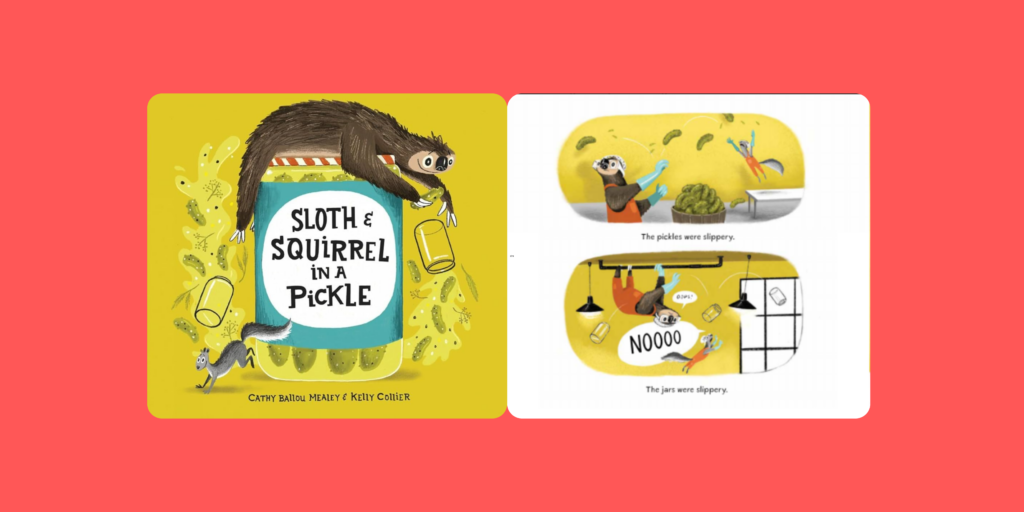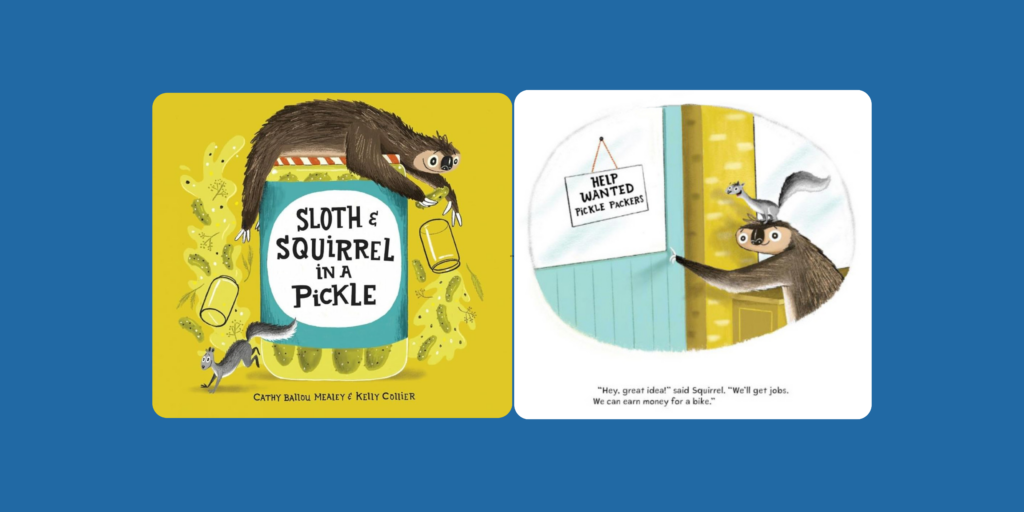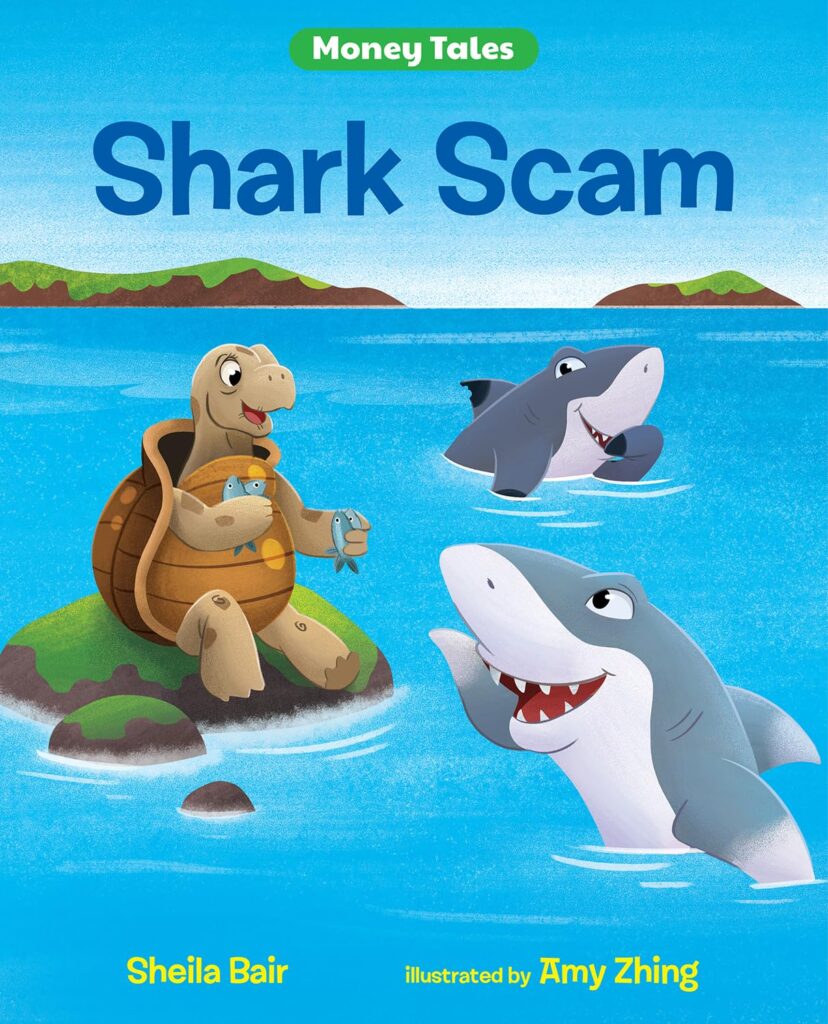
Grades K-2, 3-5

Don't have an account yet? Sign up for free
Don't have an account yet? Sign up for free


Peppe and his family moved to America to pursue the American dream. His mother has passed away, his father is ill,and all the children need to find work to help provide for basic essentials. Peppe is excited to find a job, only to be told by his dad that it is not a job he should be proud of.
This lesson will challenge students to consider specialists in the community and the valuable goods and services they produce. They will also learn how specialists depend on each other to satisfy their wants.
Students of all ages love Peppe the Lamplighter, a Caledecott Honor Book. Students are introduced to someone their age who became a specialist to earn income to provide for the family’s basic necessities. They will learn about specialists in their community and the value that each provides as they produce goods and services for the marketplace. They will also be able to understand interdependence through a role playing activity.
Students will be able to:
As a review of the interdependence web, ask the following questions:
As a family connection, challenge each student and their family to make a list of specialists in the community they depend on and list the good or service the specialist provides that satisfies their wants.
Host a Career Fair at school. Invite specialists from the community to share information about the goods and services they produce.
Students may research different careers using this site for kids from https://www.bls.gov/k12/.
The following EconEdLink concept videos provide clear explanations of the concepts introduced in this lesson: Division of Labor/Specialization, Human Capital Video and Quiz, Trade and Interdependence Video and Quiz
Distribute an interdependence web assessment sheet to each student. (Accept all appropriate answers.)

Grades K-2, 3-5

Grades K-2, 3-5

Grades 6-8, 9-12

Content Partner
Grades 3-5
